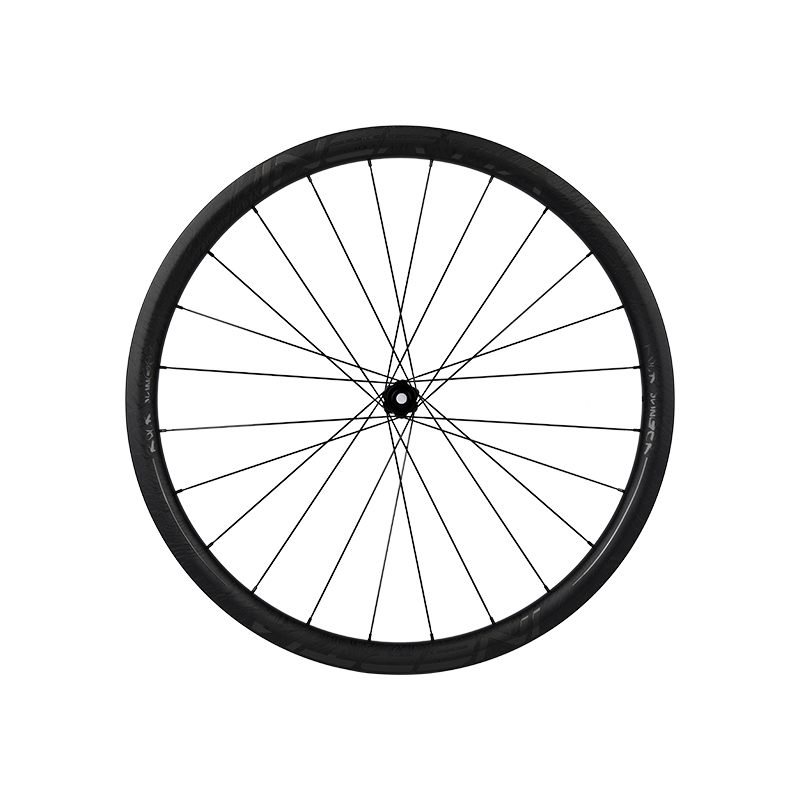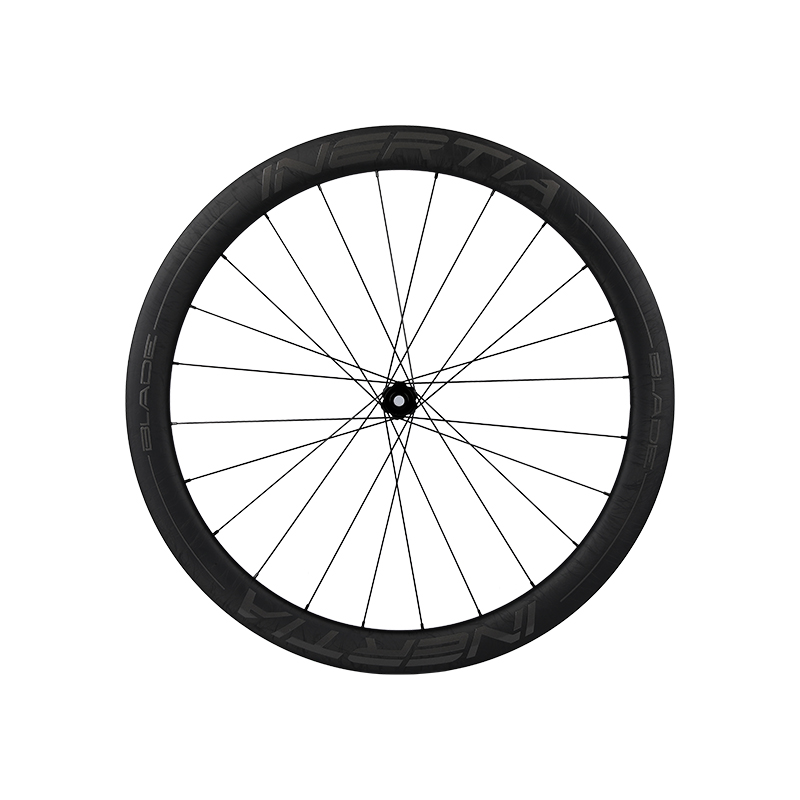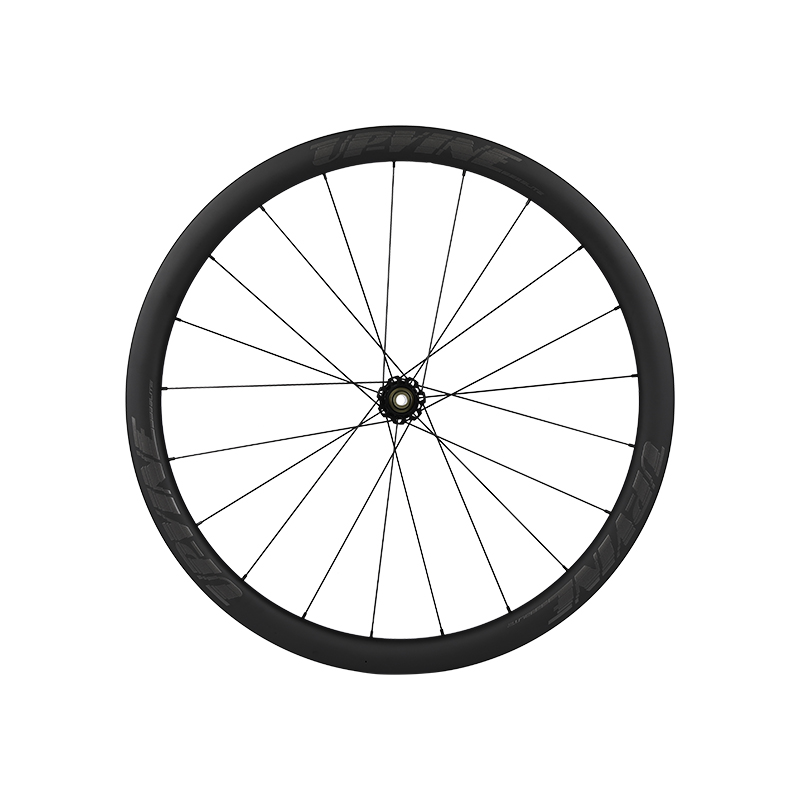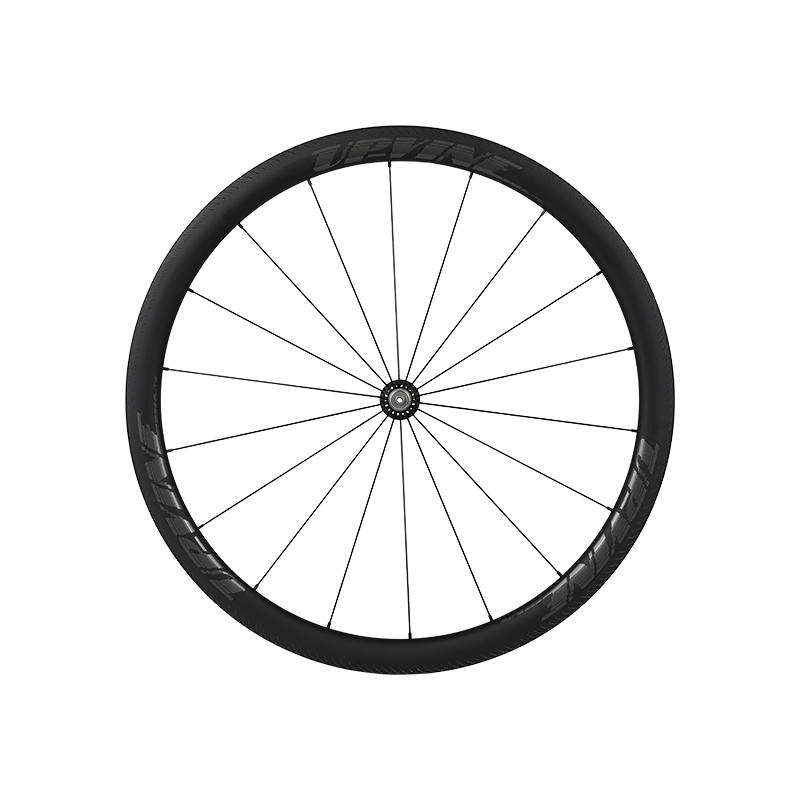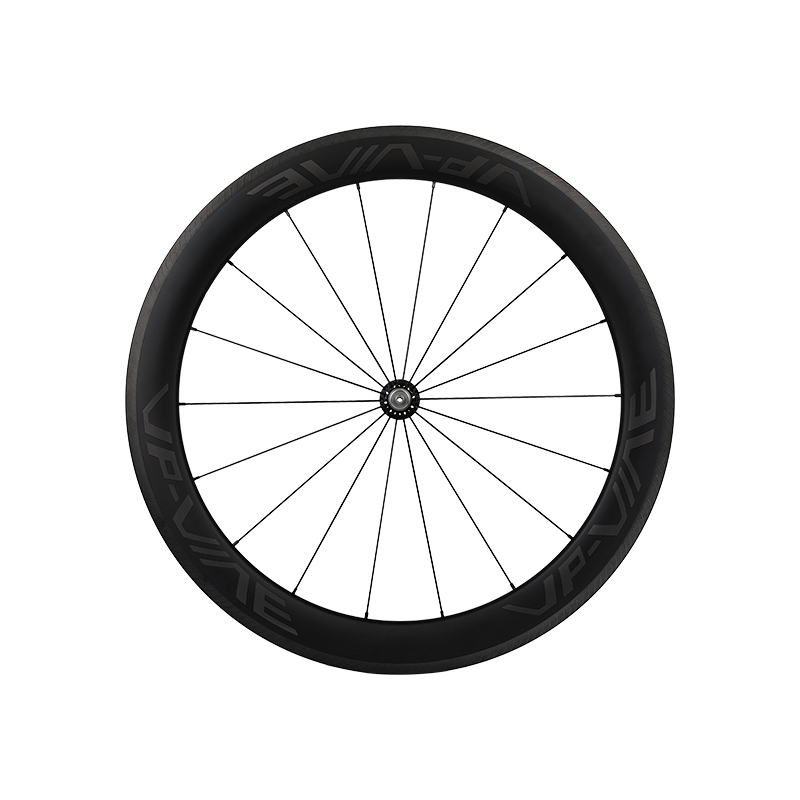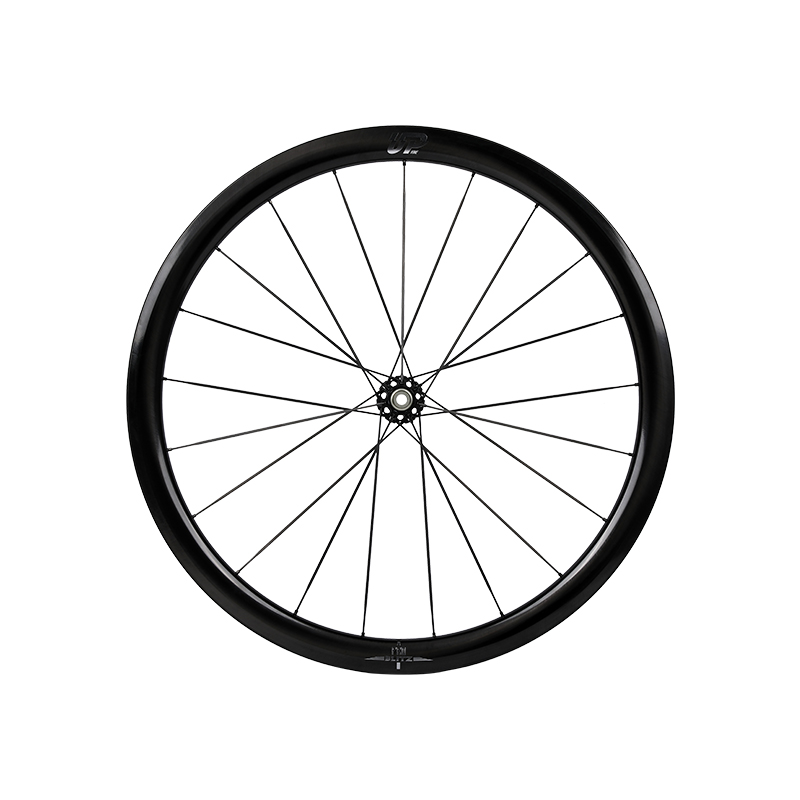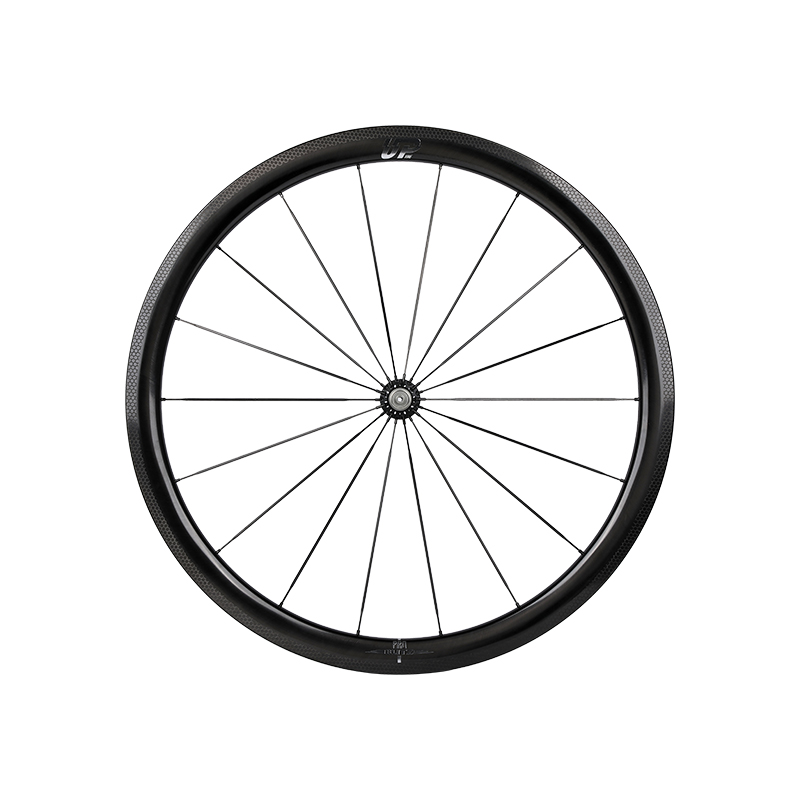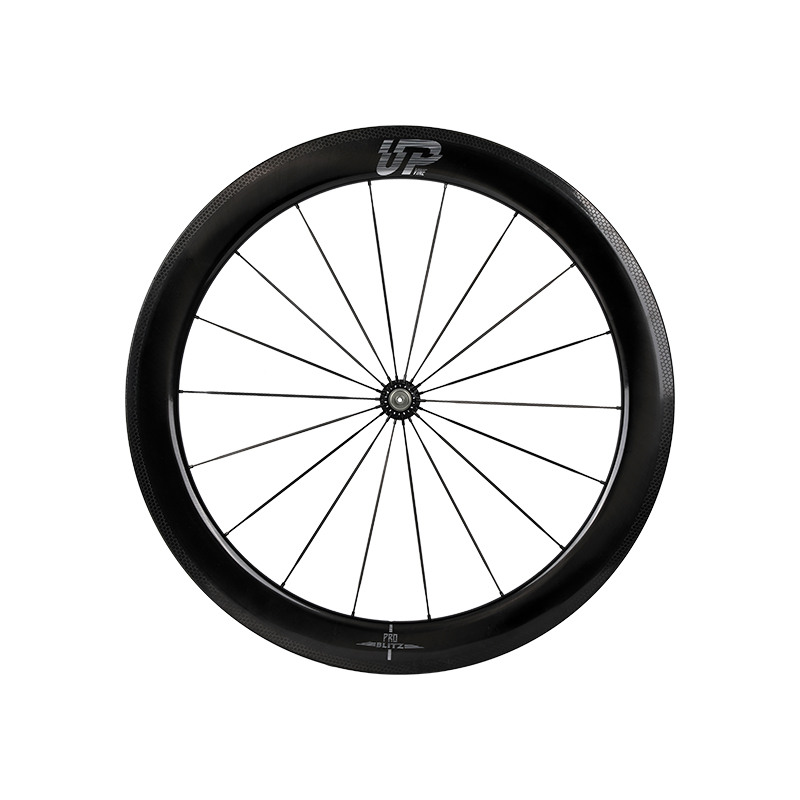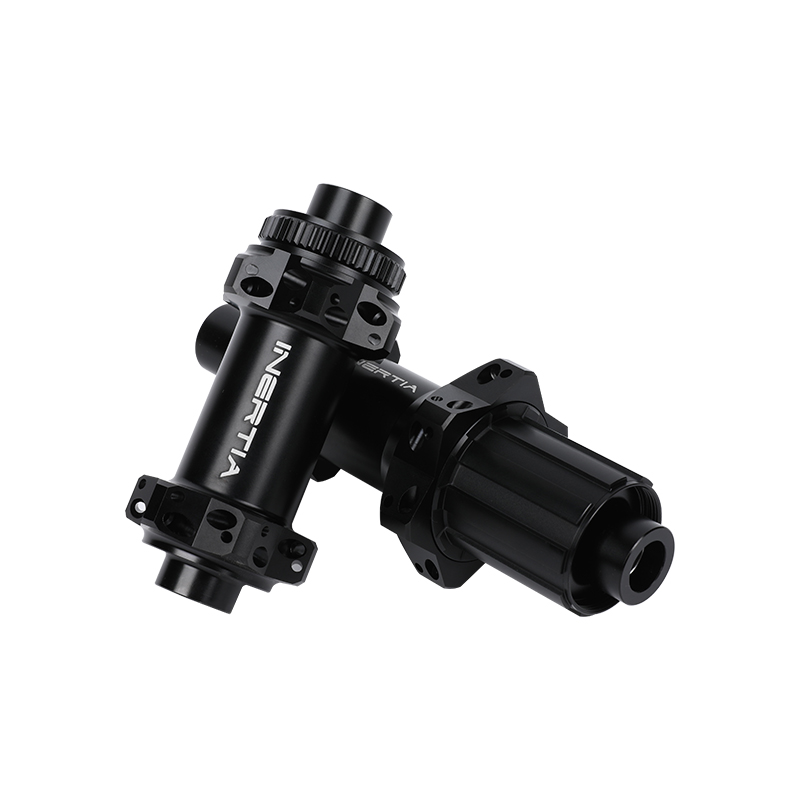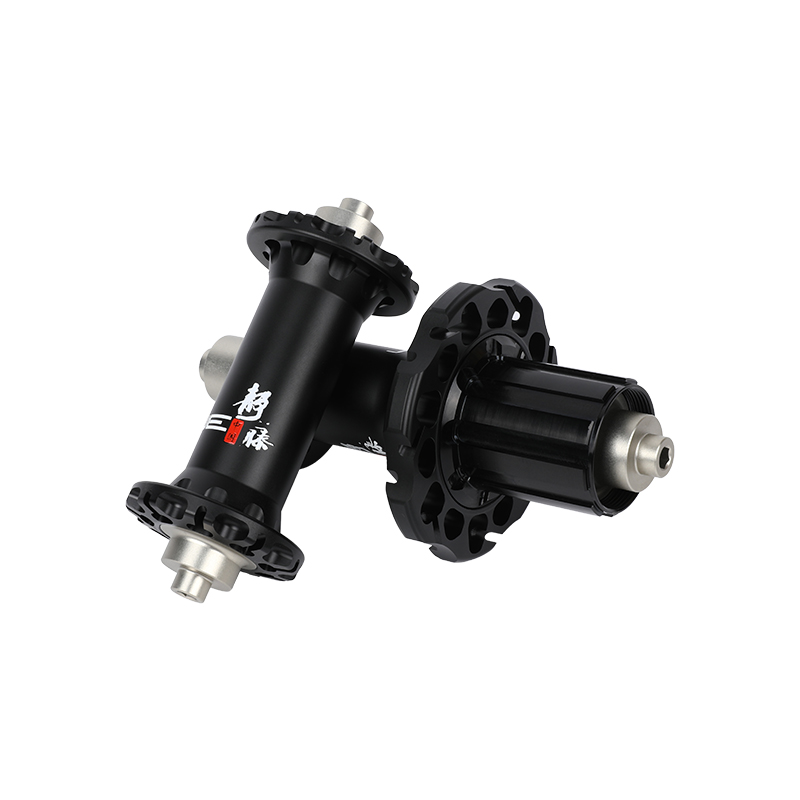For many cyclists, the thrill of riding comes not only from the speed and efficiency but also from the serene experience of gliding through landscapes with minimal distractions. One often-overlooked factor contributing to this peaceful ride is the design and components of the bicycle hub. While hubs serve the critical function of connecting the wheel to the frame and facilitating smooth rotation, they also play a pivotal role in noise reduction. Understanding how hub design impacts sound can help riders enjoy a quieter, more pleasant cycling experience.
The first aspect to consider is the bearing system used within the hub. High-quality bearings—whether cartridge or loose ball—significantly influence the smoothness of the wheel's rotation. Cartridge bearings, often found in modern bicycle hubs, are sealed units that reduce friction and keep dirt and moisture out. This sealing minimizes noise generated from debris entering the hub and increases longevity, ensuring a quieter operation over time. In contrast, hubs with lower-quality bearings may produce unwanted sounds due to increased friction and wear, leading to a rattling or grinding noise that can detract from the overall riding experience.
Another critical factor is the material used in the hub’s construction. Hubs made from aluminum or high-grade steel tend to absorb vibrations better than those constructed from lower-quality materials. This vibration dampening contributes to a quieter ride as it reduces the transmission of noise through the frame. Additionally, hubs designed with internal gearing can further mitigate sound, as they often produce less noise compared to traditional freewheel systems. The internal mechanisms operate with a different sound profile, which many cyclists find more pleasing to the ear.
The design of the hub itself can also play a significant role in noise reduction. For instance, hubs with more sophisticated engagement systems—such as those found in high-end freehubs—can offer smoother transitions when pedaling and coasting. This smooth engagement minimizes the clicking or ratcheting sounds associated with standard freewheel mechanisms. Brands have increasingly focused on creating quieter hub designs, employing features like multi-pawl systems that engage more smoothly and silently, thereby enhancing the overall ride quality.

Additionally, the spacing and alignment of the hub within the frame can affect noise levels. A properly installed hub that aligns seamlessly with the frame ensures that the wheel spins freely without unnecessary friction or wobbling. This alignment is crucial for reducing the noise that may arise from components rubbing against one another. When everything is in sync, the bike not only performs better but also operates more quietly, allowing riders to enjoy the sounds of nature or the cityscape without the distraction of mechanical noise.
Finally, regular maintenance plays a significant role in ensuring that a bicycle hub continues to operate quietly. Over time, dirt and grime can accumulate, leading to increased friction and noise. Regular cleaning and lubrication of the hub bearings can help mitigate these issues, prolonging the life of the hub while keeping noise levels to a minimum. Cyclists who invest time in maintaining their hubs are likely to experience a quieter ride, along with improved performance and reliability.
The design and components of bicycle hubs significantly contribute to noise reduction during riding. From the quality of bearings to the materials used and the intricate design features that promote smoother operation, each element plays a vital role in creating a quieter cycling experience. As cyclists become more aware of these factors, they can make informed choices when selecting or upgrading their hubs, ultimately leading to more enjoyable and serene rides. Whether you're commuting through the city or exploring backcountry trails, a well-designed hub can help you savor every moment on your bike without the distraction of unwanted noise.



 Español
Español
